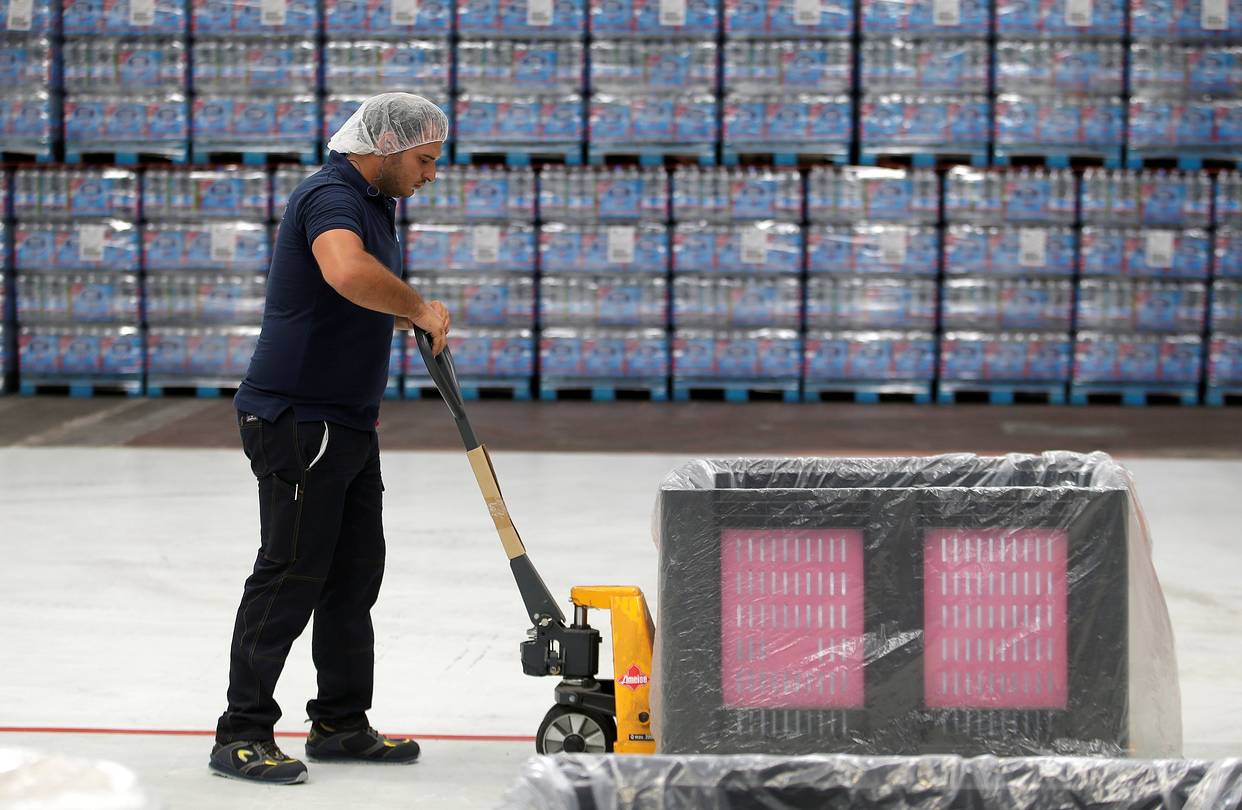Eurozone consumer prices grew less than expected in February because of a fall in unprocessed food prices and reduced energy inflation, data from the European Union’s statistics office Eurostat showed late Friday.
Inflation in the 19 countries sharing the euro was 0.2% month-on-month and 1.1% year-on-year. Economists polled by Reuters had expected that monthly increase, but forecast a 1.2% annual rise, in line with Eurostat’s own earlier estimate.
Unprocessed food prices fell 0.3% month-on-month in February for a 0.9% year-on-year decline, which subtracted 0.07 points from the overall final annual figure. Energy prices also fell 0.3% on the month for a 2.1% year-on-year rise, slowing from 2.2% in January.
Without these two most volatile components, a measure the European Central Bank calls core inflation, prices rose 0.3% on the month and 1.2% year-on-year, the same annual rate as in January.
Some economists look at an inflation measure that excludes even more volatile components, like tobacco prices which are often subject to government changes in excise tax.
This measure of inflation showed prices rising 0.4% month-on-month and 1% year-on-year, also unchanged from the January rate.
The ECB wants to keep headline inflation below, but close to 2% year-on-year over the medium-term and has been buying tens of billions of eurozone government bonds on the secondary market to pump cash into the banking system and provoke bigger credit action that would boost economic growth and inflation.
ECB President Mario Draghi has said that core inflation has yet to show “convincing signs of a sustained upward trend” because of slack in the labor market and the economy.
Data on labor costs in the fourth quarter of 2017 released separately by Eurostat confirmed that analysis: the growth of labor costs eased for a second consecutive quarter to 1.5% in Oct-Dec 2017, although wage costs rose 1.7%, from 1.6% in the third quarter.
Having revived growth with years of stimulus, the ECB is now slowly clawing back support and investors are searching for clues about its next move after a token change in its policy language earlier this month. Markets expect the ECB to end its €2.55 trillion ($3.14 trillion) bond purchase scheme this year.
The eurozone may have more unexploited capacity, particularly in the labor market, which could mean that inflation might take longer to rise back to its near 2% target, ECB’s chief economist Peter Praet said.


